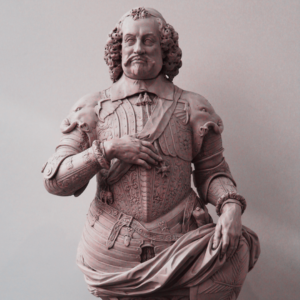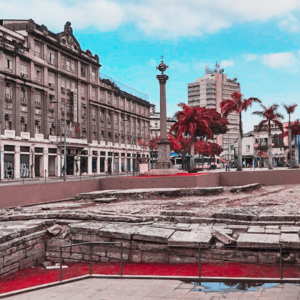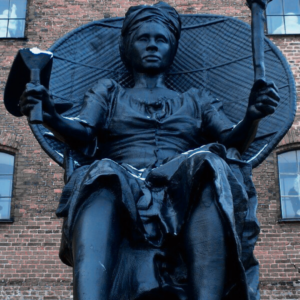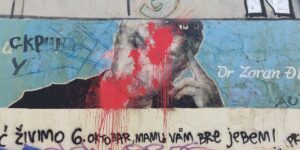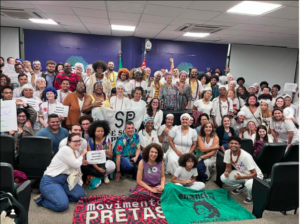

To unite or divide?
The Contested Histories Initiative studies disputes over statues, street names, and other historical legacies in public spaces with an aim to identify principles, processes and best practices for decision-makers, civil society advocates, and educators confronting the complexities of divisive historical memory.
Explore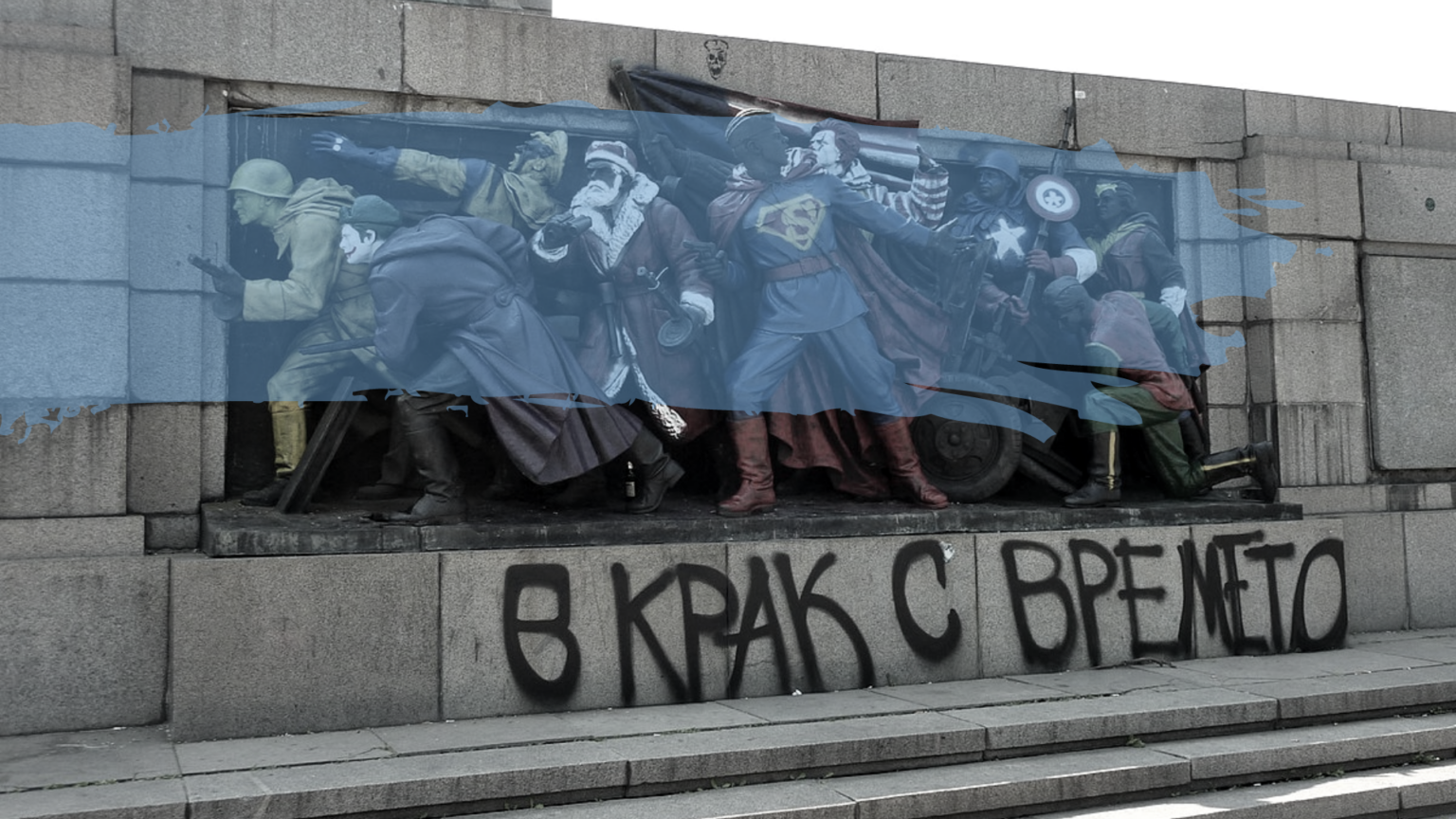

Artistic Intervention
An effective remedy to a controversial statue or monument. Explore more remedies by clicking the button below.
Explore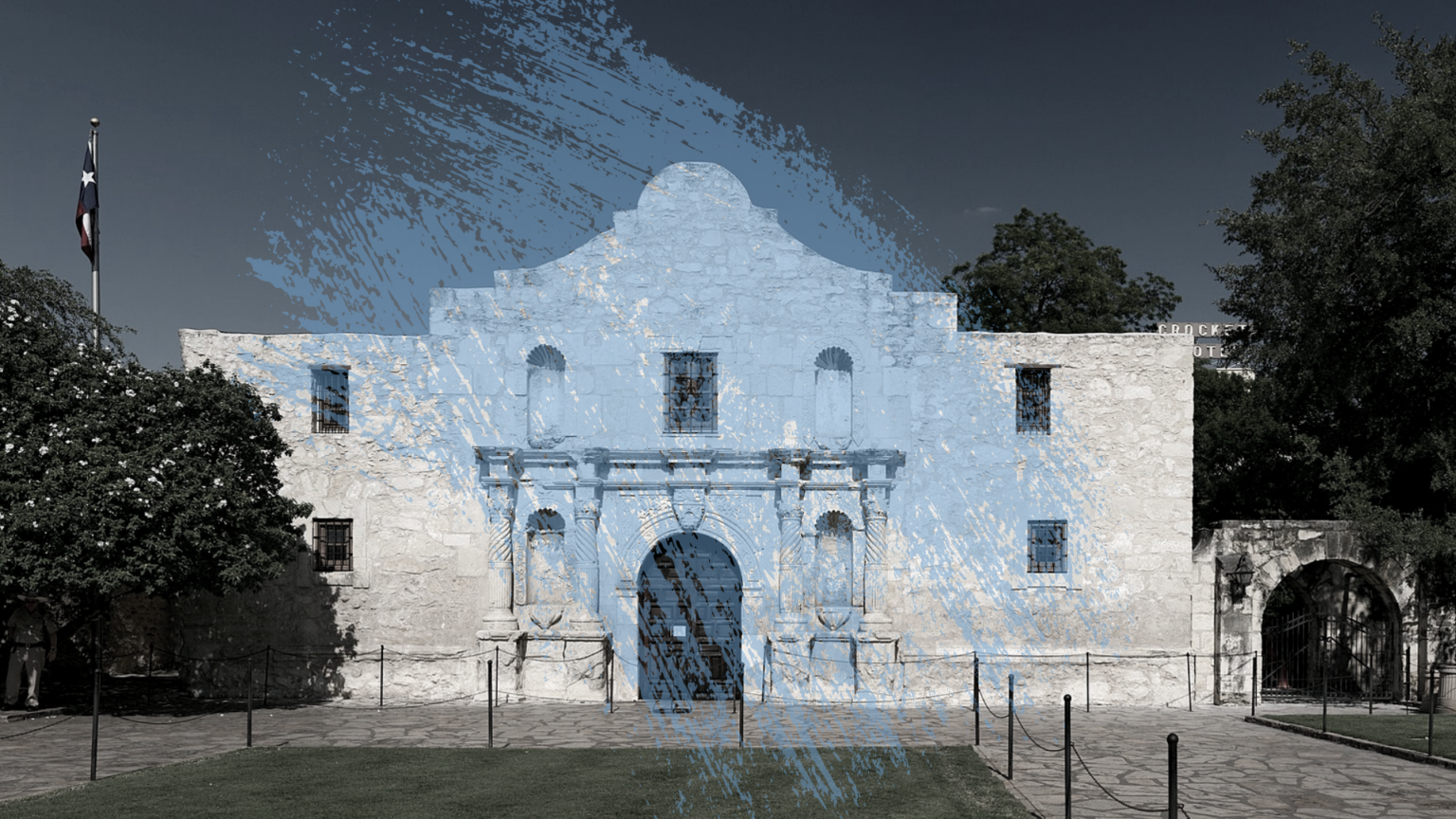

New Occasional Paper
Check out the most recent Occasional Paper by Ngoc Tram Nguyen about the complex legacy of Alamo in Texas.
Explore

Contested Histories OnSite
Check out the latest news about our project Contested Histories Onsite!
ExploreStatues, monuments, street names, and other markers project a collective historical memory on public spaces. Inclusive societies need commemorative landscapes that reflect the collective nature and values of the communities they serve.
The Contested Histories Initiative seeks practical remedies to contestations over historical markers in public spaces as part of broader efforts to create more inclusive and equitable societies, particularly for and with communities that have been marginalised or disenfranchised due to race, ethnicity, gender, or other affiliations.
Featured Cases
Featured Cases
FAQs
What do the #’s mean?
The #’s are unique identifiers for our Case Studies. As a case is identified and added to our Cases List, it is assigned a number. Stories and Resources relating to a case are also tagged with the Case #.
Can I download the Cases List?
Yes! Click ‘Map’ in the menu and scroll down. You can fill out a form to download the Cases List.
I know of a case that is not on your list, how can it be added?
Submit potential new cases using the contact form on the Get Involved page. Remember to also share a news article and image if available.
What is the purpose of this project?
To study disputes over statues, street names, and other historical legacies in public spaces with an aim to identify principles, processes and best practices for decision-makers, civil society advocates, and educators confronting the complexities of divisive historical memory.




